


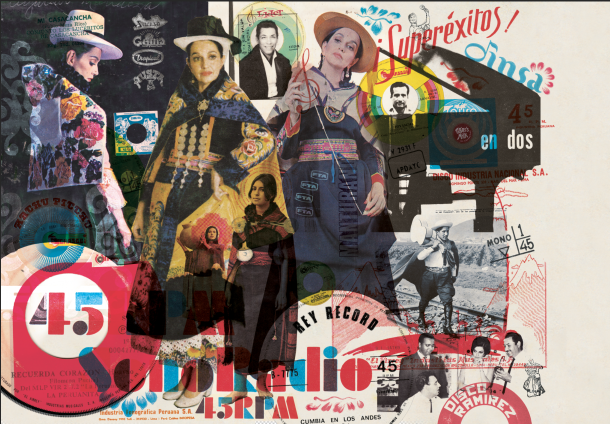
In 2013, Martin Morales, a well known Peruvian chef and previously a DJ, teamed up with Duncan Ballantyne, former Soundway label manager, to set up Tiger’s Milk and his own food venture, the restaurant Ceviche. After a first 7”, they have since released three compilations dedicated to Peruvian music, from yesterday to tomorrow… And now, they release the fourth called “Andina” – The Sound of the Peruvian – again with the support of co-compiler Andres Tapia del Rio. This is the first step in their new series which will next go to the Amazon and then to the coast of Peru. Time to ask to Duncan where his passion comes from.
When did you start digging records?
My first official dig was when i was about 14 years old in the north of England, a town called Harrogate. I would go from second hand shop to record shop to town hall record shop. I was into mid nineties techno – Dan Curtin, Surgeon, Chris Duckenfield – some pretty heavy stuff.
What Lps did you buy at first? Do you still listen to them?
Brazil was the first country that i guess you could say I explored in depth. I started from the modern sounds of Far Out Recordings but quickly went backwards and was regularly buying records from dealer Joe Davis such as baile funk 70s records, early Som Livre recordings, Novos Baianos and soundtracks like “Black Orpheus”.
First vinyl record I owned was a John Williams 7″ and i have no idea what it was but it was jazzy.
Do you have a particular style or favourite period?
I think that period from early to mid 70s seems to be the most productive in the world of Latin and African music as it was so affected by the global nature of music – the world’s sounds were coming through the radio or dealers were shipping records like in the African diasporas of Colombia.
Are you still digging, buying vinyl, visiting record shops?
I’m always searching for Peruvian music past and present. The country is so diverse with 3 eco systems – coast, jungle and mountains – so there are fresh combos of music derived from each of these areas. I still love the experience of going through records in a shop and and picking out something that you take home and get very excited when you hear the first few bars.
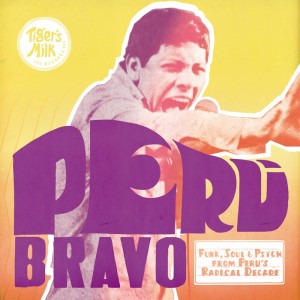
Thee Image
Outasite
What was your first release on Tiger’s Milk ?
We began with a 7″ to test the waters and it was back in 2013. It was a track by Juaneco y su Combo from 1978 that really took a lot of people by surprise. It was post the tragic aircrash that killed 5 band members so the sound is quite different to their more popular chicha that they are most famous for.
Why did you choose this name: Tiger’s Milk ?
It translates into Spanish as Leche de Tigre which is the marinade for Ceviche – Peru’s most famous fishy dish. Tiger’s Milk is part of a grand project by Martin Morales who is bringing food, music and art from Peru to the UK and beyond. He owns 4 restaurants in London called Ceviche and Andina.
What could be your editorial/esthetic line?
We are passionate curators of Peruvian music past and present: from Latin to funk, chicha to cumbia, folk to electronica.
How do you decide on the choice of reissues?
Like a lot of Latin America, Peru does cumbia. Cumbia Andina has its own unique working class story but we tend not to repeat stories rather we create new narratives from our discoveries. We don’t like to listen to an hour of the same kind of music so we put everything together and often it has a sort of filmic twist to it.
You work with Strut. What is the basis of your partnership?
Strut were a label that i grew up listening to and with their first African compilations, pioneered the compilations market. And so when we were introduced to Quinton Scott it was a case of ‘yes please!’
What is the Tiger’s Milk LP you are prouder ?
It would probably be the Peru Maravilloso record – our debut album. So much blood sweat and tears put into that and thanks to Andres Tapia Del Rio in Lima and Martin for the painstaking work.
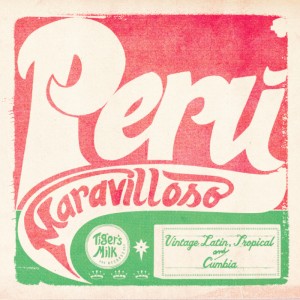
Juaneco y su Combo
La Cumbia del Pacurro
You just release : “Huayno, Carnaval and Cumbia -
The Sound of the Peruvian Andes
1968-1978”… What is the specificity of this LP compared to others?
Martin Morales, co founder and co compiler of ANDINA spent much of his time as a boy in the Andes. Many of these tracks were found and rediscovered by him. ANDINA revives a sound that has literally been thrown into the dustbins by all but the hardened world music fans. Peruvian folk music has long been the music of buskers. Yet few people know how charged some of the music can be and how many artists in Peru borrowed from the Andes during the 60s and 70s. From some artists, there was a great reverence for the music from the Andes so whilst they didn’t make carnaval (music from the pueblos in the mountains – not carnival), huayno rhythms were used combined with cumbia, big band jazz and rock.
You dedicate your work on Peruvian music. How is it a force? And a weakness?
Peruvian music has been documented by others and it is a small country so we have to keep working very hard digging to keep revealing new parts of the Peruvian body of music.
What has been the reception of your previous publications?
Unbelievable. We sell the music in over 20 countries worldwide and there has been a huge appetite and surprise for about the music.
Who are the artists, the records, who deserve specific issues?
I think DJ Chakruna has worked super hard to energize all the DJs and producers of Peru to help with the Peru Boom album so definitely respect to him. Kanakyu y el Tigre were our first artists release and they are a very special band deserved of a mention. And also to Andres Tapia del Rio who helps us enormously with all the retro projects.
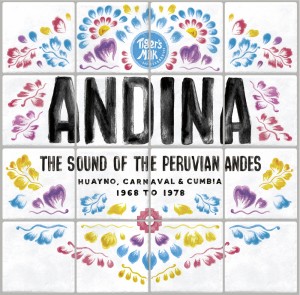
Los Bilbao
Zelenita del Ano 200
What is the current situation of all these musicians out of the past? How did they receive your project?
Those that are alive, they are supportive and some are still performing in Peru. There are labels like Infopesa who are still releasing music in Peru so some of the bands continue to get pressed.
Do you feel that you are carrying out the work of a historian through the rehabilitation of this forgotten memory?
Part historian, part curator. Remember a lot of music, probably 98% is not suitable (sometimes terrible) for comps for Europe and the US which is essentially where we have fans and sell. So whilst there’s plenty of great music we can’t include everything so that curation is super important and we share that between us.
There are more and more reissues of old LPs, and more and more record labels (major or indie) now release their new artists on LP, or EP. Do you think that the LP reissue market could ever reach saturation point?
Maybe. But different people have different tastes and people get older. How many times has James Mason’s Rhythm of Life been reissued? As people get older, they are replaced by new music fans and they’ll keep buying.
What are your next releases ?
ANDINA is part of a three part series where we’re exploring different areas of Peru. The next is the Amazon and that’s coming out in spring 2018.
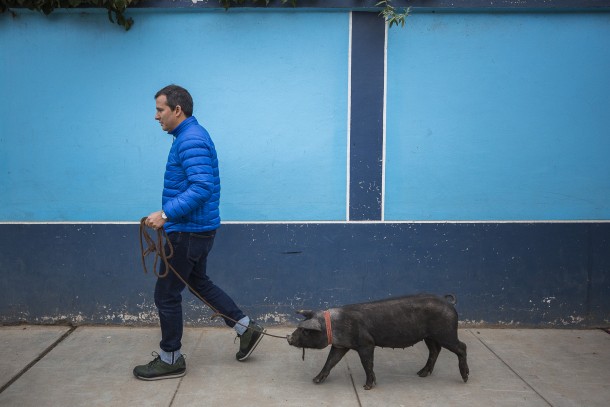
Martin Morales, on the road again…